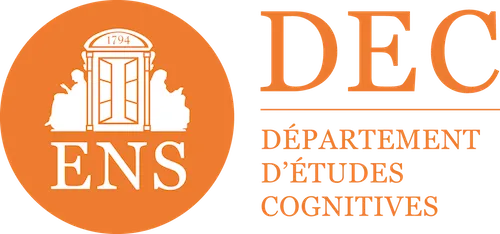

Learning dashboard: how to measure the real impact of your training courses?
Learning dashboards are now becoming real cockpits for training managers, whether they work in a company, in a CFA or in training organizations. But what distinguishes a simple reporting tool from an intelligent dashboard capable of truly transforming the impact of your training and optimizing the support of learners?
What is a successful learning dashboard in 2025?
Today, a good learning dashboard is no longer just compiling connection or learning entry statistics. It becomes a dynamic decision-making tool that reveals the real cognitive progression of learners across different levels of mastery.
Traditional dashboards, such as those used by the Ministry of Labor to monitor apprenticeships in France, were limited to measuring training consumption (number of learners, completion rate, time spent). Didask proposes a radically different approach based on cognitive sciences, analyzing the effective transformation of skills (for example, the Expected change) with unprecedented granularity.
The 4 fundamental goals of an effective learning dashboard
Manage the training strategy with precision
The Didask dashboard makes it possible to instantly identify high-impact training courses and those requiring adjustments. This overview simplifies decision-making based on evidence rather than impressions, as shown by the organization's experience. One Business School who was able to produce and optimize more than 1100 modules in just 10 months thanks to this clear vision of the data.
Personalize the courses according to real needs
Behavioral data reveals the unique learning patterns of each user. Among them, we can find:
- The time spent on the pellets : This allows you to see if certain content is more engaging or difficult.
- The completion rate : Indicates the number of learners who have completed a module or granule, which is critical for measuring engagement.
- Learner feedback : Understand what learners consider to have learned or not learned.
- User interactions : Like keyboard typing, scrolling, and mouse clicking, which are taken into account when calculating learning time
This fine understanding makes it possible to automatically recommend appropriate content.
Measuring training ROI reliably
By linking learning data and performance indicators, the Didask dashboard makes it possible to quantify return on investment for each training action.
Identify and correct bottlenecks
Didask's smart alerts instantly identify the needs to adapt the course for each learner. This real-time analysis makes it possible to automatically personalize content and activities according to the real level of control. This adaptive learning system ensures that every learner receives exactly the modules he needs, when he needs them.
The advanced features of the Didask dashboard
Didask's educational artificial intelligence is transforming the analysis of learning data. It identifies invisible patterns and makes recommendations for optimization.
The exploitation of behavioral data makes it possible to understand the deep engagement mechanisms of learners. This understanding is translated into concrete recommendations to improve the impact of training courses.
Dynamic personalization is the future of training. The Didask dashboard automatically adapts content according to real-time performance.
Implement your dashboard effectively
To deploy a successful learning dashboard, start by clearly defining your strategic goals. Then involve all stakeholders in the training ecosystem to identify the indicators that are truly relevant to your context.
Avoid the classic mistake of multiplying indicators. Focus on the 5-7 really decisive metrics that will guide your continuous improvement actions, even if your mission covers a large number of learners.
Training teams in interpreting and processing data is often overlooked. However, it is this ability to analyze that turns numbers into concrete actions.
A modern learning dashboard like Didask's radically transforms the effectiveness of your training strategy. By moving from an administrative reporting logic to an approach based on cognitive science, you finally get the visibility you need to maximize the impact of your training.
At a time when interministerial missions and regions seek to strengthen apprenticeship in France, having efficient digital tools to manage the quality of training is becoming a performance challenge for public bodies as well as for businesses.
Make an appointment directly with our eLearning experts for a demo or simply more information.













